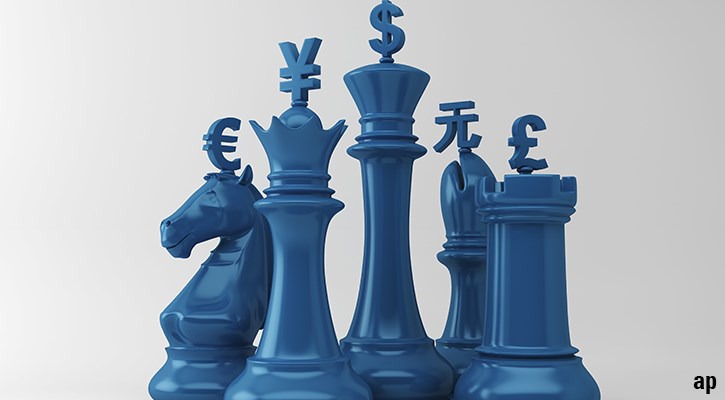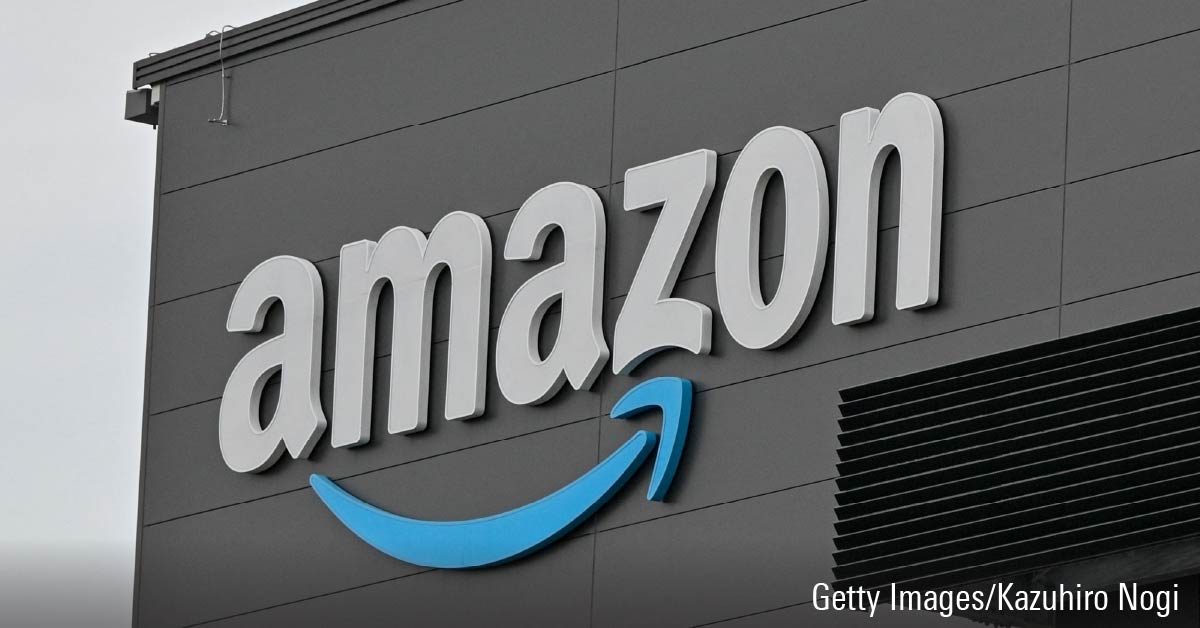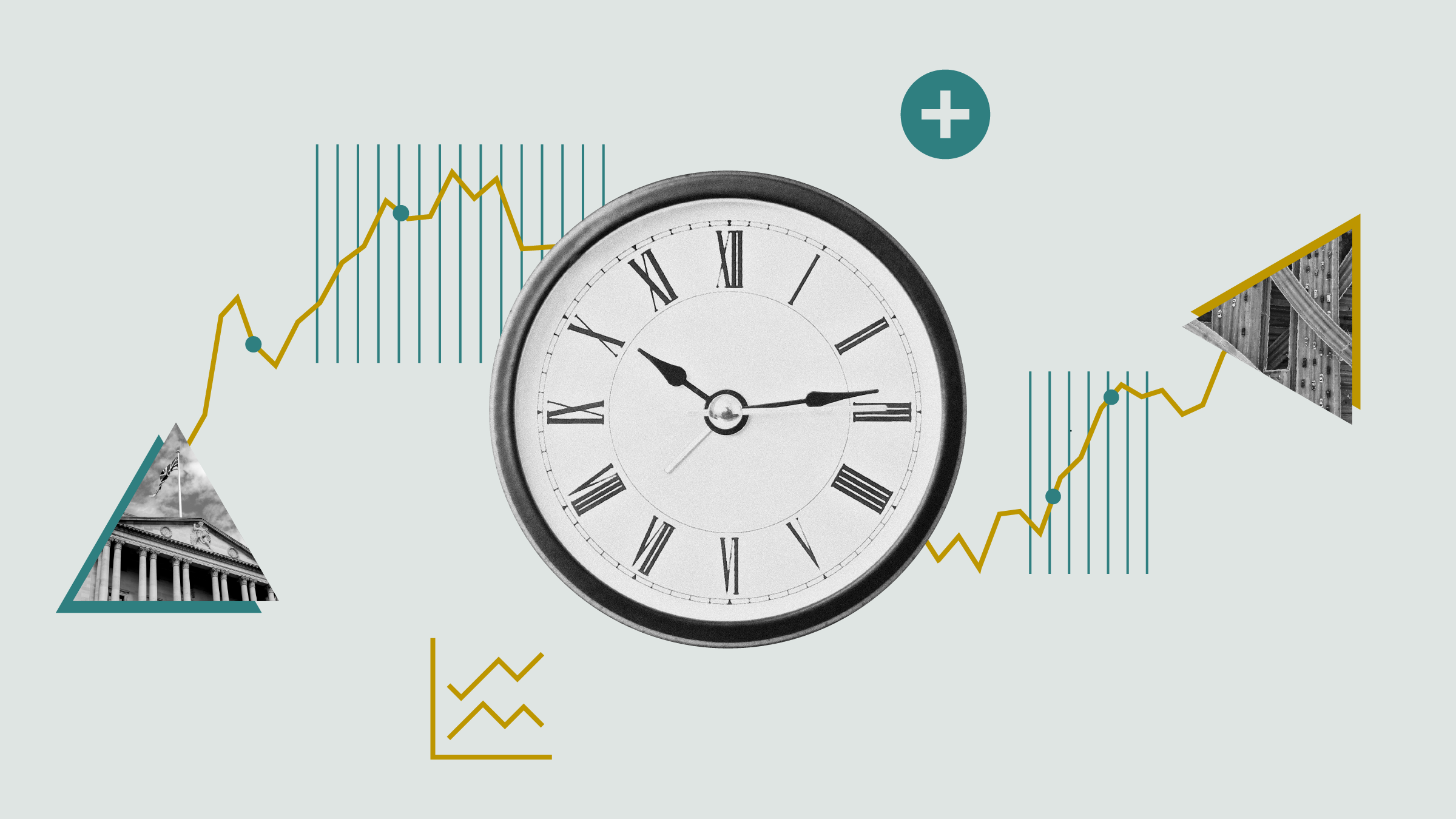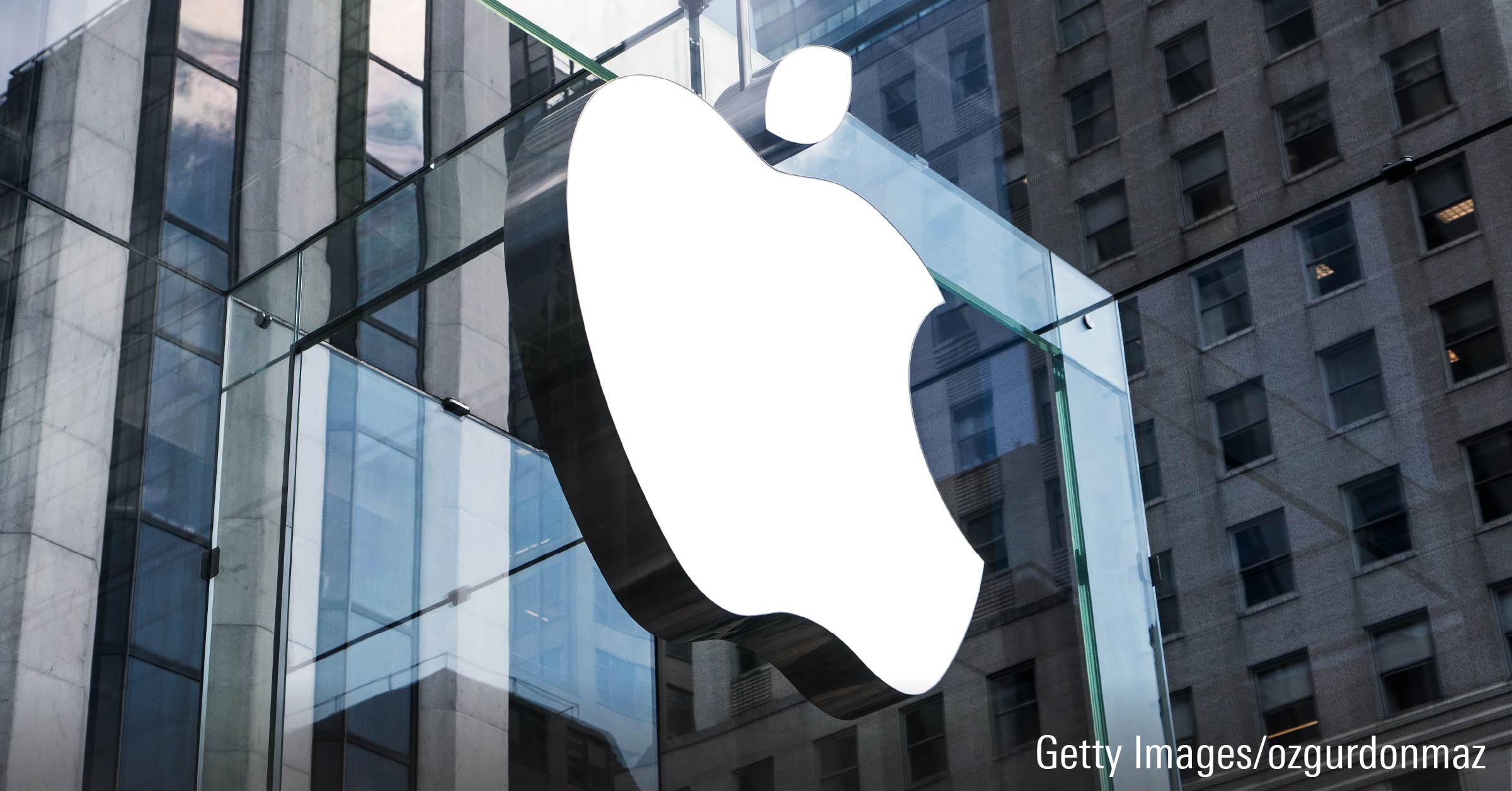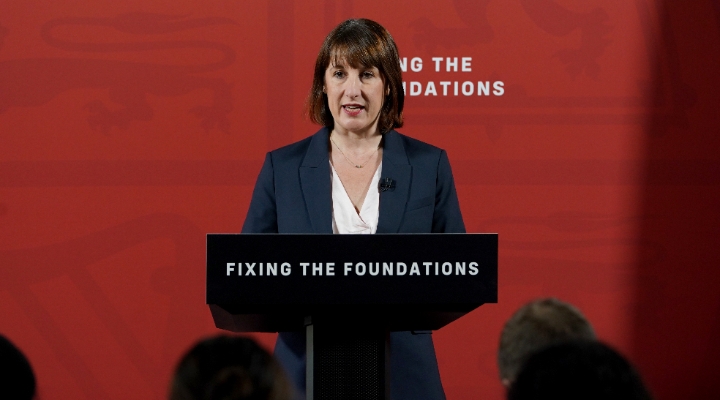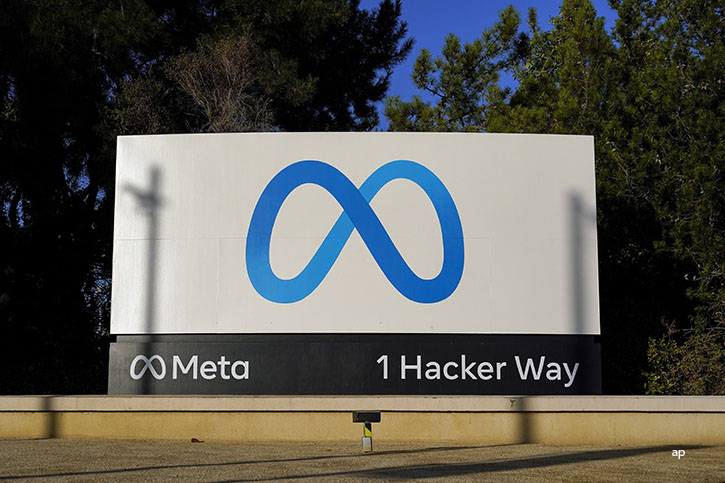This article is part of the Morningstar's Guide to What the Experts Say. Click here for our edit on what the professional investors think about economics, equities, bonds, financial advice and portfolio construction.
All emerging market debt is the same right? Wrong. Speaking at the recent Morningstar Investment Conference, Insight Investments head of emerging market debt Colm McDonagh said that there was still much value to be found within the asset class, investors just had to be selective.
“Investor bias ignores the divergence between emerging market bonds – the class is not homogenous,” he said.
“The key is to take a blended approach with flexibility to decide where the risk vs reward trade is best. Investors should also be mindful of how a market’s currency is behaving and avoid momentum traps.”
In the past, a falling currency was one indicator of a country in trouble, but now dynamic economic policy means that it is increasingly likely to see an emerging market in a growth stage with a falling currency.
“The countries at risk of default are those with a weak currency – having the option to devalue your own currency can act as a shock absorption buffer,” he said.
“Greece did not have its own currency to devalue - but Turkey did, and this influenced how they each weathered the recession storm. Increasingly emerging markets are using their currency as a dynamic method by which to influence rates and their economy.”

Because of these game changers, emerging market debt may one area where it may pay to plump for an active manager – or at least look into smart beta options that weight an index on a factor other than market cap. McDonagh points out that emerging market debt indices weighted by market capitalisation can be inefficient and a poor investment – only considering the size of a nation ignores other pertinent issues such as contagion risk.
“The investment industry’s obsession with tracking a benchmark creates dangerous investment biases,” he said.
“If you have a long only portfolio even an underweight position in an unstable market can be too large - 2% underweight a 10% index is still 8% exposed to danger.”













